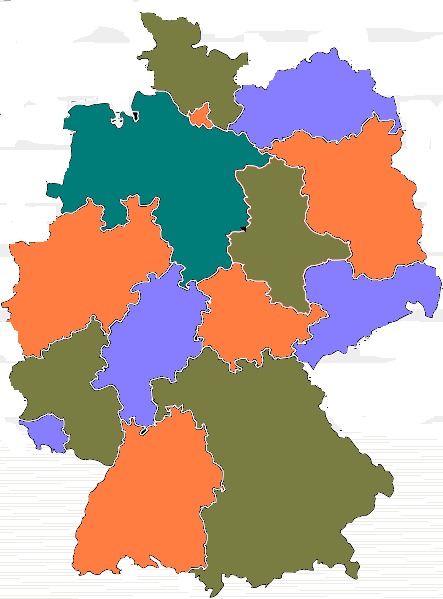
Kenneth Appel, one of the first mathematicians to solve a famous mathematical proof using a computer, died April 19 at the age of 80.
In 1976, Appel helped prove the four-color theorem, which states that any map can be colored in using just four colors, without bordering territories using the same color. Though it seemed true intuitively, the theorem, first posited in 1852 by an English mapmaker, had stymied mathematicians for decades.
To prove the theorem, Appel and his colleagues first showed that all possible maps can be reduced down to a set of 1,936 configurations. They then tested all those configuration using an IBM supercomputer, which at the time took up an entire room but was less powerful than the average smartphone today, The New York Times reported.The use of a computer to prove a mathematical theorem was groundbreaking at the time, but is commonplace now.
Follow Tia Ghose on Twitter @tiaghose. Follow LiveScience @livescience, Facebook & Google+.
Get the world’s most fascinating discoveries delivered straight to your inbox.

Tia is the editor-in-chief (premium) and was formerly managing editor and senior writer for Live Science. Her work has appeared in Scientific American, Wired.com, Science News and other outlets. She holds a master's degree in bioengineering from the University of Washington, a graduate certificate in science writing from UC Santa Cruz and a bachelor's degree in mechanical engineering from the University of Texas at Austin. Tia was part of a team at the Milwaukee Journal Sentinel that published the Empty Cradles series on preterm births, which won multiple awards, including the 2012 Casey Medal for Meritorious Journalism.



